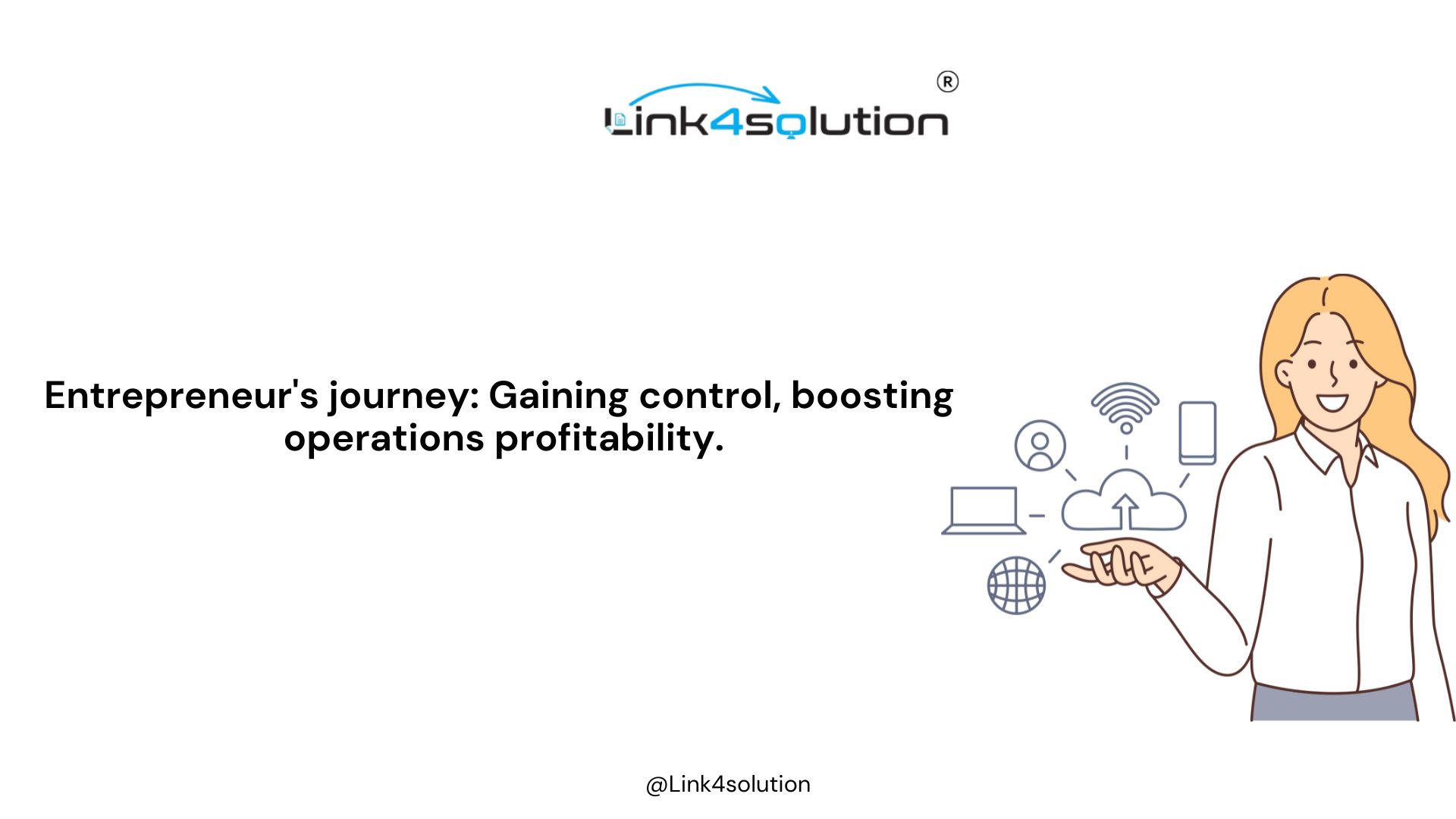As a small business owner, one of the biggest challenges you may face is deciding how to pay yourself. Should you take an owner’s draw or pay yourself a salary? Understanding the differences between these two payment methods is crucial to ensuring that you’re paying yourself fairly and managing your business finances effectively. In this blog post, we’ll dive deep into the world of owner’s draw vs. salary and and help you determine which payment method is the best way to pay yourself as a small business owner in India.
Owner’s Draw vs. Salary: What’s the Difference?
In India, small business owners mainly have two ways to pay themselves: an owner’s draw or a salary. An owner’s draw involves withdrawing funds from the business account for personal use, which isn’t considered taxable income and isn’t subject to withholding taxes. On the other hand, a salary is a regular payment made to the owner as an employee of the business, which is taxable and subject to withholding taxes.
Owner’s Draw
An owner’s draw isn’t a salary and doesn’t attract payroll taxes. It’s simply a withdrawal of funds from the business account for personal use. As such, it might seem like the most appealing option for small business owners since it doesn’t involve payroll tax deductions or compliance with labor laws.
However, owner’s draws have some drawbacks. They aren’t subject to payroll taxes, meaning they don’t count towards Employee’s Provident Fund (EPF) benefits. Moreover, owner’s draws may negatively affect your ability to secure a business loan, as they’re not considered reliable income.
Salary
Taking a salary involves paying yourself a regular wage through payroll. This means that you will need to deduct payroll taxes from your paycheck, such as income tax and Employee’s Provident Fund (EPF) contributions. However, this can actually be an advantage for small business owners as it allows you to contribute towards your Employee’s Provident Fund (EPF) benefits.
Another advantage of taking a salary is that it provides a clear record of your income. This can be useful when applying for loans or when you need to prove your income for other purposes.
Best Way to Pay Yourself as a Small Business Owner
When determining the best way to pay yourself as a small business owner in India, it’s important to consider various factors. The primary goal is to strike a balance between meeting your personal financial needs and managing your business finances responsibly. Here are some key considerations to keep in mind:
Tax Implications:
One of the biggest differences between an owner’s draw and a salary is the tax implications. An owner’s draw is not considered taxable income, which can be beneficial if you’re looking to minimize your tax burden. However, it’s important to note that taking too much money out of the business in the form of an owner’s draw can have negative consequences for your cash flow and business finances.
For detailed information on taxation guidelines for small business owners in India, you can refer to this website.
Cash Flow:
When it comes to managing cash flow, an owner’s draw can be a more flexible option than a salary. With an owner’s draw, you can take money out of the business as needed, which can be helpful if you have irregular income or expenses. However, it’s important to be mindful of your business cash flow and avoid taking too much money out of the business at once.
Business Structure:
The type of business structure you have can also impact your decision to take an owner’s draw or a salary. If you have a sole proprietorship, you are the sole owner of the business and can take an owner’s draw as needed. However, if you have a partnership or corporation, you may be required to take a salary in order to comply with tax regulations.
The SIDBI provides valuable resources and support for small business owners in India.
Personal Goals:
Finally, your personal financial goals and preferences can also play a role in your decision to take an owner’s draw or a salary. If you’re looking to reinvest more money into the business, a salary may be the better option. However, if you’re looking to take more money out of the business for personal use, an owner’s draw may be more appealing.
Link4solution Opinion on Owner’s Draw vs. Salary
Owner’s Draw Method:
The owner’s draw method is a popular option for small business owners in India. Under this method, you withdraw money from your business account as needed. This can be done through ATM withdrawals, bank transfers, or by writing a check to yourself. While this method may seem convenient, there are some things to keep in mind:
- Owner’s draw is not a salary, but a distribution of profits. This means it does not count as an expense for your business, and therefore cannot be deducted from your taxes.
- Since owner’s draw is not a regular payment, it can be difficult to budget for your personal expenses.
Link4solution Pro Tip: While the owner’s draw method can be convenient, it’s important to keep in mind that it’s not a salary and may have tax and legal implications. It’s best to consult with a professional accountant to determine if this method is right for your business.
Salary Method:
The salary method involves paying yourself a regular salary, just like you would an employee. This method has several advantages:
- It allows you to budget for your personal expenses more easily, as you’ll have a consistent income.
- Salary is a business expense, which means you can deduct it from your taxes.
- It can help you establish credibility with lenders, as they’ll see that you’re paying yourself a regular salary.
Link4solution Pro tip: The salary method is a popular choice for small business owners who want to establish a regular income. However, it’s important to make sure you’re paying yourself a fair and reasonable salary based on your business’s profits.
Conclusion
Choosing the right method for paying yourself as a small business owner is an important decision that can have tax and legal implications. While the owner’s draw method may seem convenient, it’s important to consider the advantages of the salary method, such as budgeting, tax deductions, and establishing credibility with lenders. Ultimately, it’s best to consult with a professional accountant to determine which method is right for your business.






